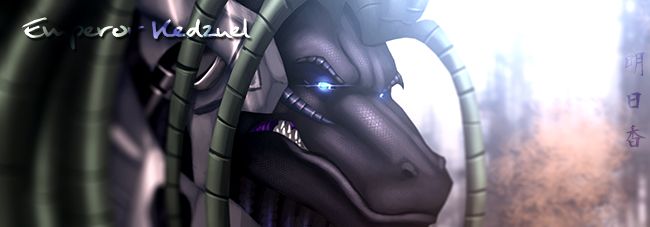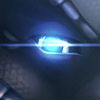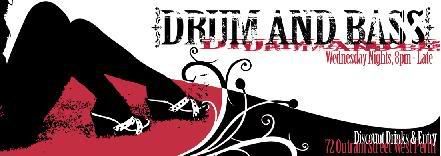Shonokin, I still don't know if I'm gonna try animating these yet. But big thanks for the encouragement.
Matolen, thanks for the compliment. First off, here's the link to the Carrara site where you can find out more about the program and pricing.
Carrara is very affordable compared to the other higher end 3D programs. That's one reason I got it. No way I could afford Maya or something like that. But Carrara has features that you can use to do some great stuff. These things I've done are pretty basic compared to some things I've seen people do in Carrara.
I'm using Carrara Studio 2. There's a newer version out that has many new and better features.
If you're not familiar with modeling in 3D, it can be a bit hard to learn. But it's well worth it when you can get the hang of it.
Carrara has several different modelers you can use to make things. I use the vertex modeler. Ever see a wireframe of something that's 3D? A lot of that is vertex modeling.
Basically, you use dots (vertices) and lines (which make up polylines) to do your sculpting. Sorta like using Illustrater, but in 3 dimensions. Polylines can be used to make polygons. Carrara gives you 4 different views to see at one time so you can work on a model from all sides.
Here's something I've been playing around with. This is in the vertex modeler. You can see the vertices and lines and how they form polygons. I try to keep the polygons with no more than 4 sides. I started this from half a cylinder with several rows of polygons. I moved, added more vertices and polygons, and extruded from the original half cylinder shape to get this.
I know this looks a bit odd, but it's what they call a 'flat' view of the model. I like it at times because I can see angles of the polygons better and get a good idea of the shape better. There's also another view you can use that's a lot smoother than this and is silver colored. Sometimes I switch back and forth between the two.
The vertices and lines act like a frame that the 'skin' of the model is supported by.
The other picture shows what the model looks like outside the vertice modeler. I only have color on this. There's no texture map. You can see that the skin doesn't really look as blocky as the flat preview. This is an unrendered view. A rendered view would look different because it would show you what the model looks like with lighting, shadows, the real color, and other things.


Instead of modeling the whole creature or whatever, I model half of it, like you see in the first picture. In the Assembly Room, I made a mirrored duplicate of the original and line them up together. When I'm in the vertice modeler working on the half body, there's a 5th window that I can see the 2 halves in the Assembly Room. As I work on the half body, the mirrored half updates.
The eyes and claws are seperate vertice objects.
On a finished model, I delete the other half and in the vertex modeler, I make another mirrored duplicate, line them up, and weld the edge vertices together to make a solid, one piece body.
Then I make screen captures of the model and use those to paint my color and texture maps in Photoshop. On Godzilla and King Ghidorah, you can see how these work when added to a model.
Thing is, I had to split Godzilla up into several parts and apply different texture maps to the front and the arms. Carrara 2 has a bit of a problem wrapping texture maps around parts of something as complex as Godzilla. Then again, I still have a lot to learn about texture mapping. (grin) But from what I've heard, Carrara 3 has a much improved texture mapping ability. As soon as I can afford it, I'm definatley upgrading.
King Ghidorah was a real problem to model at first, but not as hard as it might look though. I made a half body that stopped at the necks and made a dupe of it. Then I made a half neck and head. I made dupes of that to make the other necks and heads. The wing is also seperate, with a mirrored dupe. So I ended up working only on a half body, one half neck and head, and one wing. As I worked, all the dupes updated. Now that really saved a ton of extra work.
I have a head tutorial that I've been playing around with at my M4U forum that has a good bit about the tools in Carrara and one way I made a head. It's not finished, but it might give you an idea of one way you can model in Carrara.
Hope all this helps. I'm just an ametuer at this. I'm sure Shonokin would be a lot better at explaning this stuff.
Kedz and I also have some of our 3D and animating here---
Rc













